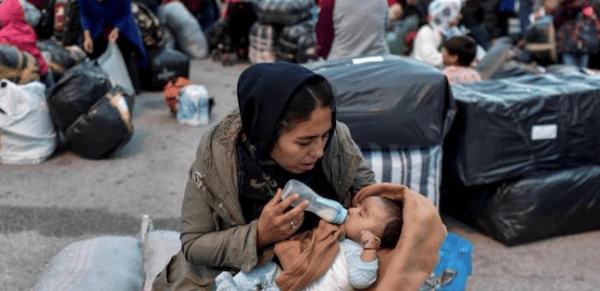An unsustainable debt erodes the capacity of developing countries to progress towards sustainability and poverty reduction. The high increase in fuel and food prices, the HIV/AIDS pandemic and the current conflict in Ukraine have undeniably worsened the economic scenario and, with it, the generalized risk that indebtedness implies for the most vulnerable countries.
The recent United Nations Sustainable Development Report 2022: Bridging the Great Divide in Financing explains that developing countries have yet to make up the ground lost to the COVID-19 pandemic, which placed more nations at risk of debt distress, restricted their fiscal space and hindered economic growth. The war in Ukraine, added to the mix, exacerbated all the challenges.
Statistical data showed that developed countries use 3.5% of their income to pay interest on their debt, while developing countries use14%.
It further exposes that around 60% of those that make up the World Food Program and other low-income nations are now assessed at high risk of over-indebtedness, double that of 2015.
According to the United Nations, 42 countries that borrow from capital markets have experienced national debt rating downgrades since the start of the pandemic, of which six are developed countries, 27 are emerging markets and nine countries are on the least developed list.
These developing nations were forced to make cuts in budgets for education, infrastructure and other capital expenditures as a result of the pandemic.
Thus, while rich countries are able to support the pandemic recovery with record amounts of resources raised by very low interest rates, poorer countries spent billions of dollars on debt service.
Between 2020 and 2021 the world economy experienced the worst recession in 90 years. An estimated 114 million jobs were lost and around 120 million people fell into extreme poverty. At the end of last year, many economies remained at lower levels than in 2019.
The report estimates that GDP per capita in one in five developing countries, will not reach the levels seen in 2019 by the end of 2023, this is without taking into account the impacts of the war in Eastern Europe.
“As we approach the midpoint of financing the Sustainable Development Goals, the results are alarming. There is no excuse for inaction at this defining moment of collective responsibility to ensure that hundreds of millions of people are lifted out of hunger and poverty,” United Nations (UN) Under-Secretary General Amina Mohammed told reporters, insisting that we must invest in access to decent and green jobs, social protection, health and education, but leave no one behind.
UN analyses and studies recommend actions to address financing gaps and the risks of over-indebtedness. An example of this would be financial swap agreements and the reallocation of unused IMF special drawing rights to countries that need them, which would secure stable, affordable and long-term financing by strengthening the system of public development banks.
Also, increased transparency and a more comprehensive information system will improve countries’ ability to manage risks and properly handle resources.
UN Secretary-General António Guterres has said what this situation means:
Unless we take decisive action on the debt and liquidity challenges, we risk another “lost decade” for many developing countries, putting achievement of the Goals by the 2030 deadline definitely out of reach.
Translated by ESTI

